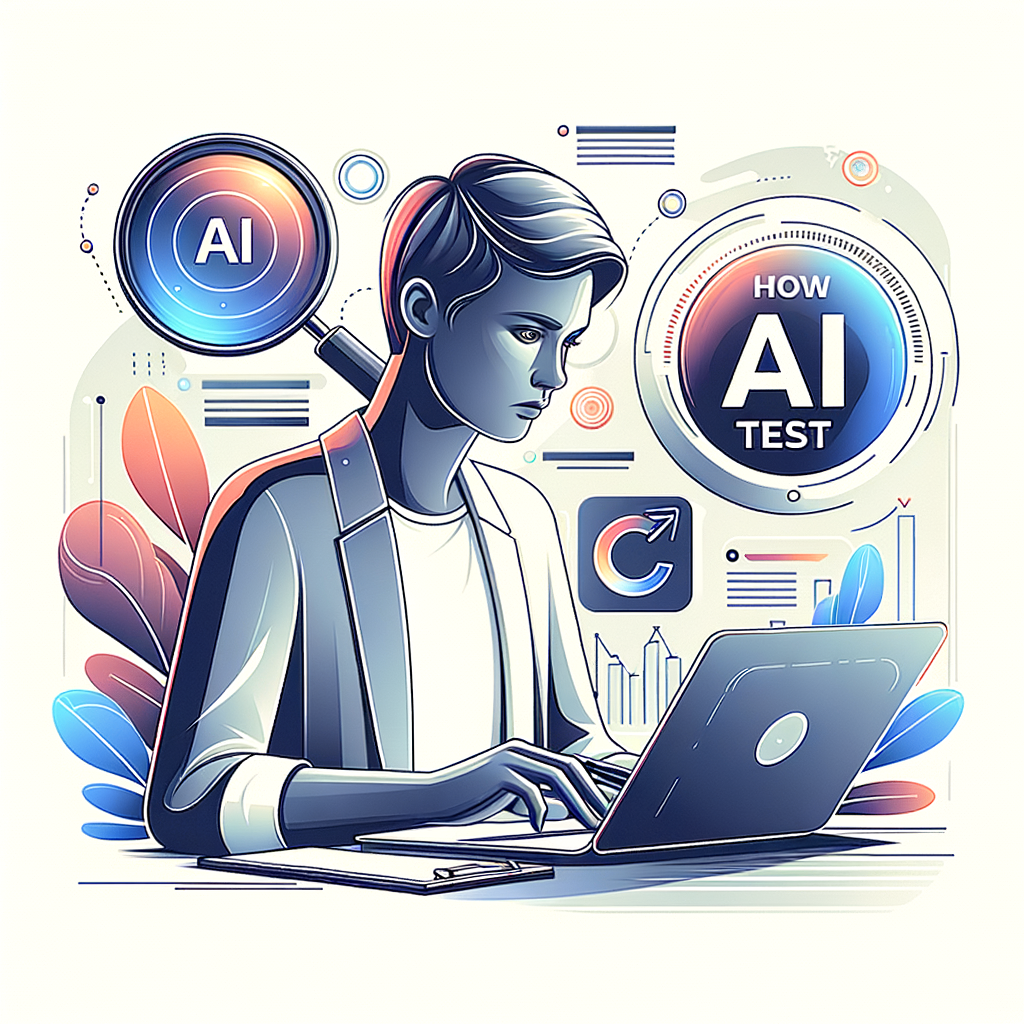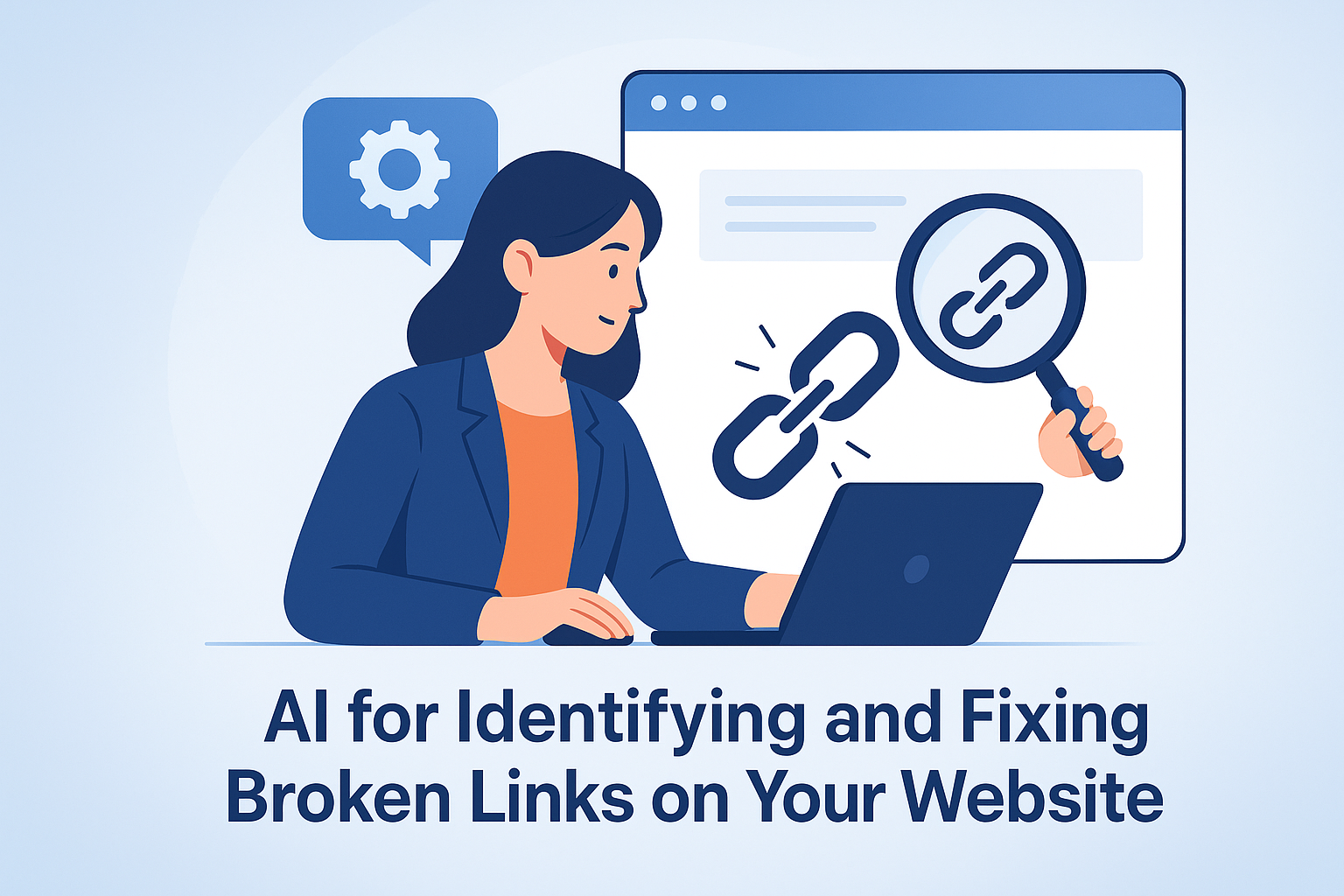In the world of SEO, small changes can lead to big results. Whether it’s tweaking a headline, swapping in a new image, or adjusting a meta description—those subtle on-page edits can dramatically impact traffic, engagement, and conversions.
But how do you know what works?
That’s where A/B testing comes in. And now, thanks to Artificial Intelligence, running these tests on your SEO elements is easier and more powerful than ever—especially when using platforms like DIYSEO GPT, SEO AI Writer, and the Link Marketplace.
In this guide, we’ll walk you through exactly how AI can help you A/B test on-page SEO elements like:
- Titles and meta descriptions
- Headlines (H1s)
- Internal links
- CTAs (calls to action)
- Page layouts
- Content variations
And we’ll show you how to track performance, interpret results, and scale the best-performing versions across your site—with no code required.
What Is SEO A/B Testing?
SEO A/B testing (also called split testing) is the process of comparing two versions of a web page—or key elements on that page—to see which performs better in terms of:
- Organic traffic
- Rankings
- Click-through rate (CTR)
- Bounce rate
- Time on page
- Conversions
Unlike CRO (conversion rate optimization) tests, which focus on actions like form submissions or purchases, SEO tests focus on how changes impact search visibility and behavior from organic traffic.
Why AI Changes the Game for SEO Testing
Traditionally, A/B testing for SEO was:
- Hard to set up without dev help
- Slow to analyze due to long ranking timelines
- Difficult to scale across dozens or hundreds of pages
AI flips this model by:
- Generating high-quality, optimized variants instantly
- Analyzing real-time performance metrics
- Learning and iterating faster than manual teams
- Scaling successful tests across your site
You no longer need a team of developers or data scientists to test what works. You just need a smart prompt and the right AI toolkit.
What On-Page SEO Elements Should You A/B Test?
AI works best when it’s helping you test high-impact, low-effort elements. Here are the top candidates:
1. Title Tags
Your title tag appears as the blue link in search results—and has a major effect on both CTR and rankings.
Test Variables:
- Including a number vs. not
- Using a question format
- Different primary keyword placements
- Emotional vs. informational tone
With DIYSEO: Use the SEO AI Writer to generate 3–5 variations of a title for any page. Prompt:
“Write 5 SEO-optimized title tags for my blog post on ‘best productivity apps.’ Use different tones and angles.”
Then test the variants over time using traffic and CTR data from Search Console.
2. Meta Descriptions
While not a direct ranking factor, compelling meta descriptions improve CTR, which correlates with better rankings.
Test Variables:
- Call-to-action language
- Keyword repetition
- Curiosity-based openers
- Value propositions vs. features
With DIYSEO: Ask:
“Create 3 meta descriptions for this product page, each with a different emotional appeal.”
Use Google Search Console’s performance report to monitor click-through impact.
3. H1 and Headline Variants
The main headline sets the tone for the page and influences time-on-site, bounce rate, and perceived relevance.
Test Variables:
- Clarity vs. curiosity
- Keyword-fronted headlines
- Inclusion of numbers, brackets, or dates
With DIYSEO GPT: Prompt:
“Give me 5 alternate H1 tags for my services page focused on ‘local SEO consulting.’”
Run these variations and monitor bounce rate or scroll depth using GA4.
4. Call to Action (CTA) Placement or Language
CTAs help convert organic visitors. Their placement, wording, and styling all affect engagement and conversions.
Test Variables:
- CTA above vs. below the fold
- Button text (“Get Started” vs. “Claim Your Free Trial”)
- Passive vs. active voice
Use AI to rewrite and reposition CTAs sitewide. Track performance with goal conversions or event tracking.
5. Internal Link Strategies
Internal linking influences crawl depth, page authority distribution, and topical relevance.
Test Variables:
- Number of links per page
- Anchor text variations
- Placement within content
With DIYSEO GPT: Ask:
“Suggest 3 high-relevance internal link targets for my post on email marketing.”
Deploy and monitor performance changes on the linked pages.
6. Content Layout and Sections
Changing content structure can affect engagement and readability. AI can help test:
- Bullets vs. paragraphs
- Image-rich vs. text-heavy layouts
- FAQs at the top vs. bottom
AI can even help rewrite long sections for skimmability.
How to A/B Test On-Page SEO with AI — Step-by-Step
Here’s a repeatable process you can follow using DIYSEO tools:
🧪 Step 1: Choose a Target Page or Group
Pick a high-value page that needs a performance boost. Or select a group of similar pages (like product listings or blog posts).
Example:
- Blog post with low CTR
- Service page with high bounce rate
- E-commerce product page with traffic but no conversions
✍️ Step 2: Generate SEO Element Variants
Use SEO AI Writer to generate:
- Multiple title tags
- Different meta descriptions
- Alternate H1 headlines
- CTA copy variations
Prompt example:
“Generate 3 title and meta description pairs for a page targeting ‘affordable web design.’ Use a different angle in each.”
🔄 Step 3: Deploy Variants Over Time or Split URL Versions
You can test variants in two ways:
- Sequential Testing: Swap elements every 1–2 weeks and monitor changes (simplest for DIYers).
- Split URL Testing: Duplicate a page, apply the variant, and serve different versions to different audiences.
Note: Keep the URLs canonicalized properly to avoid SEO confusion.
📊 Step 4: Track Performance Metrics
Use tools like Google Search Console, GA4, or a custom dashboard to monitor:
- CTR (for meta and title tests)
- Bounce rate (for layout and H1 tests)
- Scroll depth or time on page
- Conversion events
DIYSEO GPT can help analyze changes with prompts like:
“Compare CTR and bounce rate for the past 30 days on /blog/seo-audit after title tag update.”
🧠 Step 5: Let AI Interpret the Results
Once you have enough data, ask DIYSEO GPT to summarize and interpret your test:
“Did the title tag change on my blog post improve performance? What should I do next?”
You’ll get a narrative report with recommendations: whether to keep the variant, revert, or try a new angle.
🚀 Step 6: Scale Winning Variants Across Similar Pages
If a test is successful, ask the SEO AI Writer to replicate that success:
“Create similar high-CTR title tags for my other blog posts on SEO topics.”
This lets you apply proven formats across your site—fast.
Best Practices for AI-Powered SEO Testing
- Test one variable at a time to isolate impact
- Run tests for at least 2–4 weeks to collect sufficient data
- Avoid testing on pages with volatile traffic (e.g., news articles)
- Document your tests and outcomes using simple spreadsheets or AI-generated logs
Bonus: Combine with Link Marketplace for Maximum Lift
Once your on-page elements are optimized through A/B testing, your next move should be authority building.
Use the Link Marketplace to:
- Boost your newly optimized content with high-quality backlinks
- Improve ranking stability post-optimization
- Help winning variants climb faster in SERPs
A perfect 1-2 punch: test → improve → link → grow.
Final Thoughts
A/B testing used to be a tedious, developer-driven process. Today, AI makes it possible for anyone—including solo founders, content creators, and small business owners—to experiment with on-page SEO and make data-backed decisions.
With tools like DIYSEO GPT and SEO AI Writer, you can:
- Generate smart SEO variants in seconds
- Automate performance analysis
- Scale successful optimizations across your entire site
- Build links to your winning content through the Link Marketplace
It’s no longer about guessing what works.
With AI, it’s about testing and knowing—then winning.
Frequently Asked Questions
1. What is A/B testing, and how does it relate to on-page SEO?
A/B testing, also known as split testing, involves comparing two versions of a webpage to determine which one performs better in terms of user engagement and SEO metrics. This could mean testing different headlines, layouts, or calls to action to see which version increases click-through rates or improves conversion rates. In the context of on-page SEO, A/B testing is used to optimize various elements of the webpage such as titles, meta descriptions, headers, images, and more. This allows marketers to base their SEO strategies on concrete data rather than assumptions, thereby enhancing the overall performance of the site in search engine results.
2. How does AI enhance the A/B testing process for on-page SEO elements?
AI enhances A/B testing for on-page SEO by bringing data processing to a higher level of efficiency and accuracy. AI algorithms can swiftly analyze vast volumes of data to recognize patterns and trends that might not be immediately apparent to humans. This leads to quicker and more precise conclusions about which page versions are performing better. Furthermore, AI can automate many components of the testing process, such as setting up tests, monitoring results, and even suggesting potential improvements on the fly. This not only speeds up the testing process but also reduces the potential for human error. AI’s predictive analytics can also guide marketers on which elements to test for maximum impact.
3. What are some SEO elements that can be A/B tested using AI?
AI can be employed to A/B test numerous on-page SEO elements to enhance their effectiveness. Some key components include:
- Meta Tags: Experiment with different descriptions and title tags to determine which combinations attract more clicks from search results.
- Headlines and Subheaders: Test variations of H1 and H2 tags to find out which versions better capture and retain visitor attention.
- Content Layout: Alter the structure of the page such as placement of images and text to see what keeps viewers engaged.
- Call to Action: Various wordings, sizes, and colors of calls to action can be tested to optimize conversion rates.
- Internal Links: Experiment with different linking structures to evaluate how they impact page navigation and engagement.
4. What advantages does AI offer over traditional A/B testing for SEO?
AI offers several advantages over traditional A/B testing in the realm of on-page SEO. Firstly, AI can analyze large datasets far quicker than a manual process ever could, allowing for real-time insights that can be acted upon swiftly. Secondly, AI minimizes the need for guesswork by automatically identifying significant changes and suggesting actionable measures based on real data. Thirdly, the predictive capabilities of AI help in forecasting the potential outcomes of tests before they’re even conducted, shaping a data-driven strategy. Lastly, AI’s automation features mean that complex tests can be run simultaneously across different site pages, promoting efficiency and saving valuable time and resources for marketers.
5. Are there any challenges with using AI for A/B testing in SEO?
While AI brings efficiency and accuracy to A/B testing for on-page SEO, some challenges persist. The first is the need for high-quality data; without it, AI analyses can falter, leading to unreliable test outcomes. Moreover, implementing AI technologies requires a level of initial investment and expertise that smaller businesses may find daunting. There is also the risk of over-reliance on AI, potentially diminishing the marketer’s intuitive role and valuable human insight. Lastly, developing an AI model to serve specific A/B testing needs can be complex, as it must be continually updated and monitored to adapt to changing search engine algorithms and consumer behavior patterns. Recognizing and addressing these challenges is essential for maximizing the effectiveness of AI-powered A/B testing strategies.



